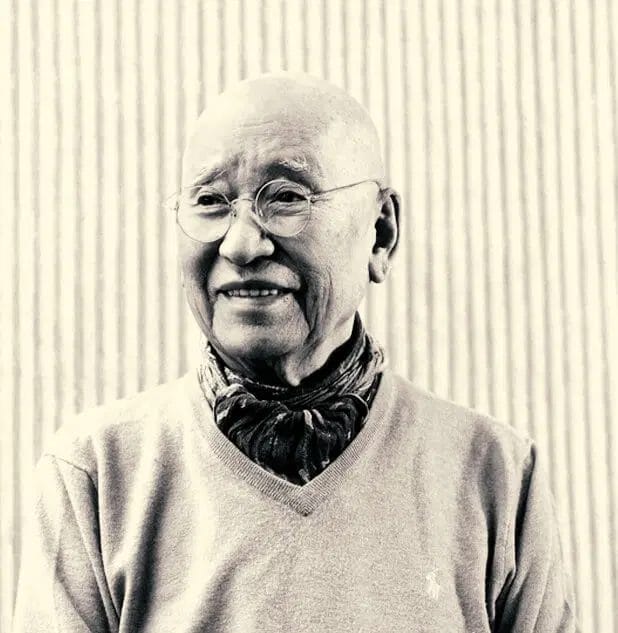Park Seo-Bo (1931–2023) was a pioneering figure in Korean contemporary art and is widely recognized as a founding force behind the Dansaekhwa (monochrome painting) movement. Born in Yecheon during the Japanese occupation, Park came of age during a turbulent era that deeply shaped his worldview and artistic direction. He studied at Hongik University, later becoming a professor and dean there, and played a key role in introducing abstract art to postwar Korea during a time when traditional styles still dominated. His early experimentation with Western modernism gradually gave way to a more introspective and spiritually rooted practice grounded in Eastern philosophy.
His most acclaimed body of work, the Écriture series, began in the late 1960s and remained the focus of his career for decades. These works are known for their repetitive, meditative marks—often pencil lines carved into wet oil paint or layered hanji paper. Park’s process-oriented approach reflected his belief in art as a discipline of self-restraint and inner reflection rather than self-expression. His work was exhibited globally, with major shows at institutions such as the Guggenheim Museum, Tate Liverpool, and Korea’s National Museum of Modern and Contemporary Art. His paintings are housed in major collections including MoMA, the Art Institute of Chicago, and M+ in Hong Kong. Park was also a passionate educator and advocate for Korean contemporary art, founding the Seo-Bo Art and Cultural Foundation in 1994. He passed away in 2023, leaving behind a profound legacy that continues to resonate worldwide.

